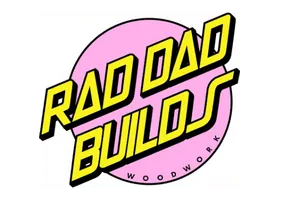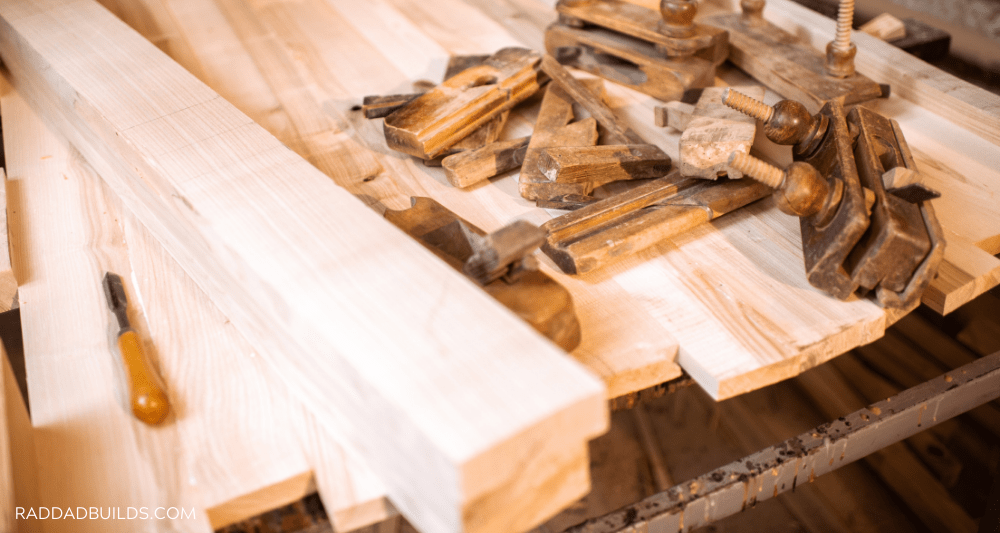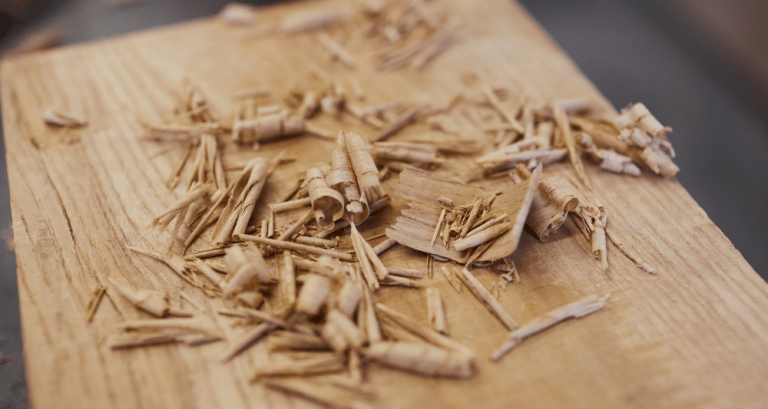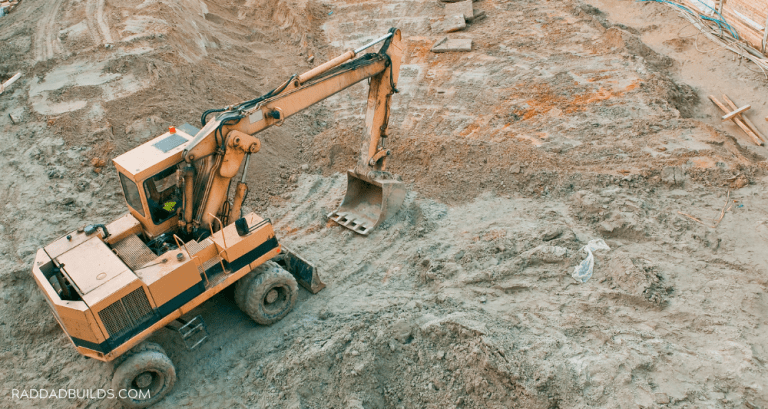The Different Parts of A Bench Vise
Understanding the different parts of a bench vise. When you’re working with wood, or metal in your garage you’re going to need to clamp it at some point, and the perfect tool for the job is the bench vise.
At first glance, the bench vise appears to be a very simple tool. All you do is turn the handle in one direction to clamp your workpiece and then turn it in the other direction to release the workpiece.
But in reality, the bench vise is more complicated than you might have thought at first. If you plan to be doing a lot of work using a bench vise it could be a good idea to learn a bit about the various different parts on a bench vise.
Knowing which parts are where, and what they do means that if you ever need to take apart or repair a vise you will be equipped to do so.
This site uses ads and affiliate content, earning commission on qualifying sales. Disclosure.
So let’s take a detailed look at the different parts.
Bench Vise Parts and Functions
Table of Contents
Base
The base of the bench vise is the part that is bolted onto your workbench. Or sometimes clamped into place. The base holds everything together and is the most fundamental part of the structure.
Depending on the model of a bench vise, if you want you can swivel the base around to achieve the ideal angle for your work. Some bases can swivel a complete 360 degrees.
Main Screw, Slide, and Handle
Together these parts of the bench vise make it do its job. When you turn the handle the slide is the part that moves the jaw.
The main screw is attached to the handle so the force you apply to the handle rotates the main screw. The main screw in turn uses your force to clamp the jaws of the vise.
The main screw is possibly the most important part of a good bench vise because it is the part with the most potential for issues to arise.
If you opt for a good brand like an IRWIN bench vise then you shouldn’t need to worry about the quality of the main screw, but with some cheaper vises, the quality can be a serious issue.
Jaws
If the main screw is not the most crucial part of the bench vise, then surely it’s the Jaws. The jaws are the part of the bench vise that actually physically clamps the workpiece.
Depending on the type of bench vise, and the quality the jaws can be made of either wood or metal.
The jaws are made upon two individual parts, the sliding jaw and the static jaw.
The sliding jaw is the part that moves as you rotate the handle, it puts pressure on the workpiece to clamp it against the static jaw. The static jaw is attached to the base and is ideally rigid and sturdy.
The best bench vise should have replaceable jaws so that if you need a special type of jaw for a certain job you can just change it out accordingly. Jaws also will wear down over time, so if your vise has replaceable jaws that mean you don’t have to buy a whole new vise.
So that the vise grips objects firmly the jaws should have a serrated surface. Wooden surfaces on jaws are useful when you need to grip something more delicate so that it doesn’t break.




